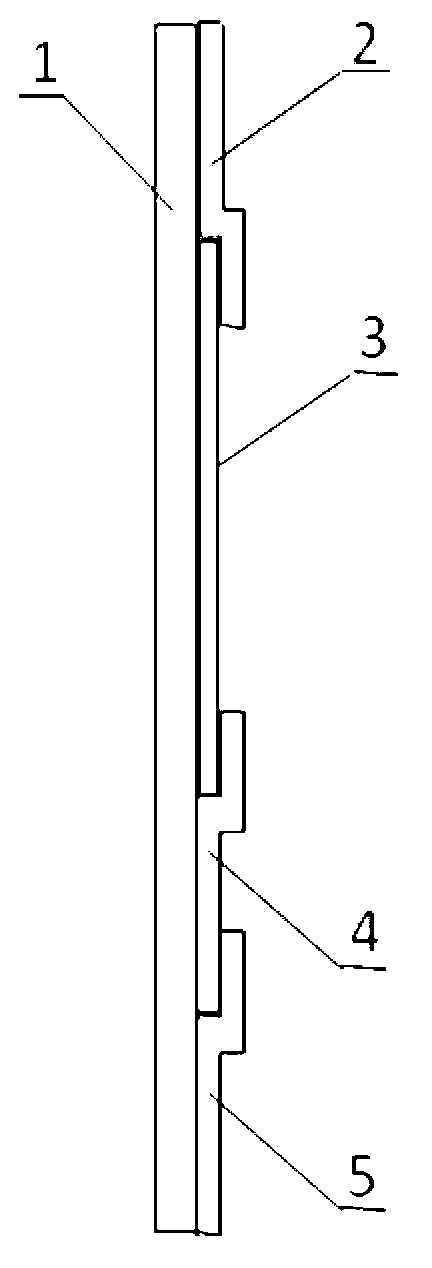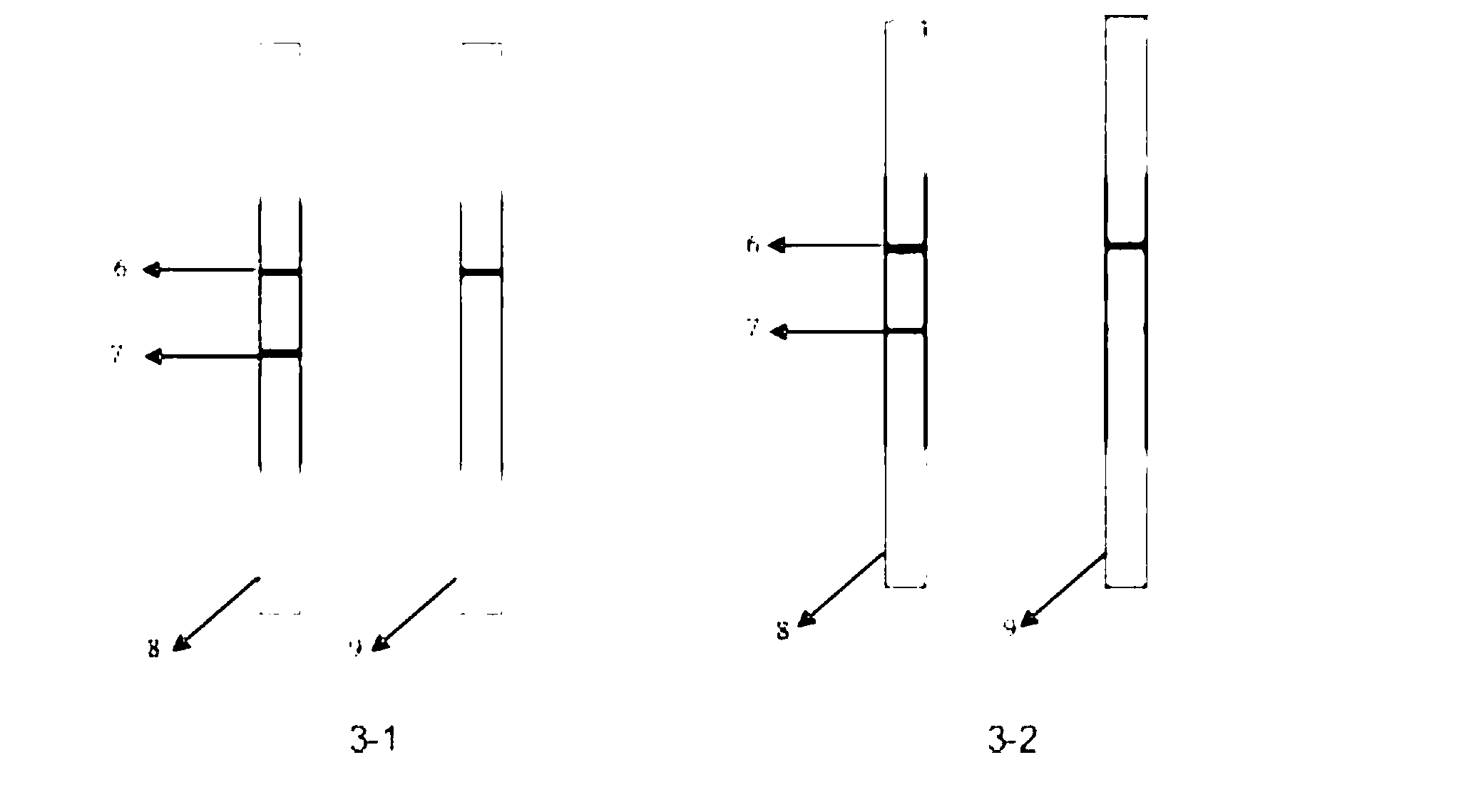Hybridoma cell strain 2D3, monoclonal antibody to zearalenone secreted by same and application of monoclonal antibody
A hybridoma cell line and gibberellin monoclonal technology, applied in the field of anti-zearalenone monoclonal antibodies, can solve the problems of complicated operation, complicated processing process, uncomfortable and rapid detection, etc., and achieve the effect of high sensitivity
- Summary
- Abstract
- Description
- Claims
- Application Information
AI Technical Summary
Problems solved by technology
Method used
Image
Examples
Embodiment 1
[0020] Example 1: Screening of hybridoma cell line 2D3
[0021] 1. Animal Immunization
[0022] Six 6-week-old BALB / c mice were purchased and immunized with the commercially available zearalenone complete antigen ZEA-BSA. For the first immunization, the complete zearalenone antigen was emulsified with an equal volume of Freund's complete adjuvant, and then injected subcutaneously at multiple points on the back of the neck of the mice. The second immunization was carried out 4 weeks later, and the complete antigen was emulsified with an equal volume of Freund's incomplete adjuvant and zearalenone, and injected into mice intraperitoneally. The interval between the third immunization and the second immunization was 4 weeks, and the immunization method was the same. The fourth immunization was carried out 3 weeks after the third immunization. The immunization method was the same as the second immunization, which was also intraperitoneal injection. The four immunization doses wer...
Embodiment 2
[0027] Example 2: Determination of the variable region sequence of the anti-zearalenone monoclonal antibody hybridoma cell line 2D3 antibody
[0028] (1) Extraction of total RNA: use the total RNA extraction kit of Tiangen Company and follow the instructions to extract the total RNA of hybridoma cell line 2D3;
[0029] (2) cDNA synthesis: using the total RNA obtained in step 1 as a template, oligo(dT) 15 For primers, follow SuperScript TM -2II Reverse Transcriptase Instructions for reverse transcription to synthesize the first strand of cDNA; primer oligo(dT) 15 Purchased from Invitrogen;
[0030] (3) Cloning of variable region genes by PCR method: Design primers according to the conserved sites of mouse antibody gene sequences in GENEBANK, and use cDNA as a template to amplify antibody light and heavy chain variable region genes. The PCR program was: 94°C for 30s, 58°C for 1min, 72°C for 1min, 30 cycles of amplification, and finally 72°C for 10min. After the PCR product w...
Embodiment 3
[0032] Example 3: Preparation, purification, subtype and identification of anti-zearalenone monoclonal antibody
[0033] The anti-zearalenone monoclonal antibody hybridoma cell line 2D3 obtained in Example 1 was injected into BALB / c mice pre-treated with Freund's incomplete adjuvant, the ascites of the mice was collected, and octanoic acid-ammonium sulfate was used to The specific operation steps are: filter mouse ascites with double-layer filter paper, centrifuge at 12000r / min for 15min at 4°C, absorb the supernatant, mix the obtained ascites supernatant with 4 times the volume of acetate buffer, and stir Slowly add n-octanoic acid, the volume of n-octanoic acid required per milliliter of ascites is 33μL, mix at room temperature for 30min, let stand at 4°C for 2h, then centrifuge at 12000r / min for 30min at 4°C, discard the precipitate, and filter the obtained supernatant with double-layer filter paper After filtering, add 1 / 10 of the filtrate volume molar concentration is 0.1...
PUM
| Property | Measurement | Unit |
|---|---|---|
| Particle size | aaaaa | aaaaa |
| Sensitivity | aaaaa | aaaaa |
Abstract
Description
Claims
Application Information
 Login to View More
Login to View More - R&D
- Intellectual Property
- Life Sciences
- Materials
- Tech Scout
- Unparalleled Data Quality
- Higher Quality Content
- 60% Fewer Hallucinations
Browse by: Latest US Patents, China's latest patents, Technical Efficacy Thesaurus, Application Domain, Technology Topic, Popular Technical Reports.
© 2025 PatSnap. All rights reserved.Legal|Privacy policy|Modern Slavery Act Transparency Statement|Sitemap|About US| Contact US: help@patsnap.com



